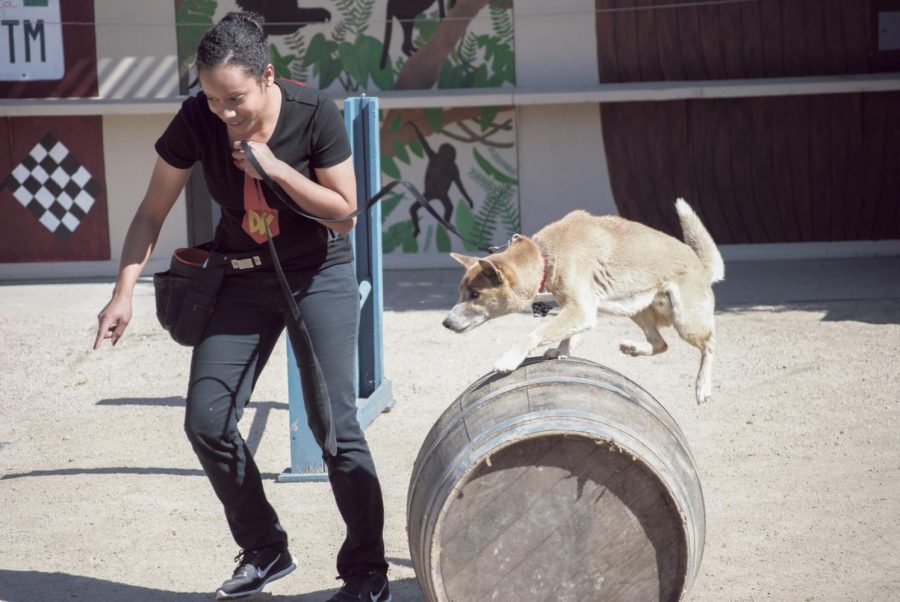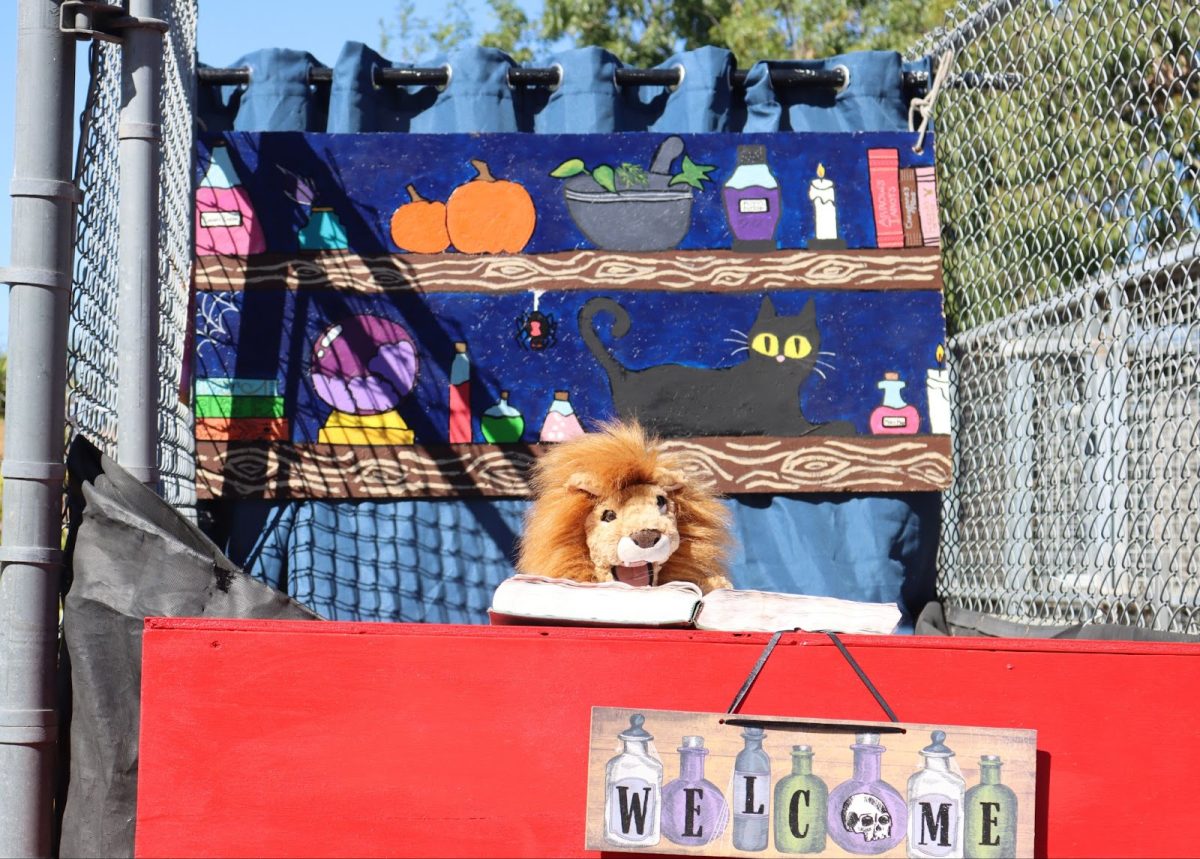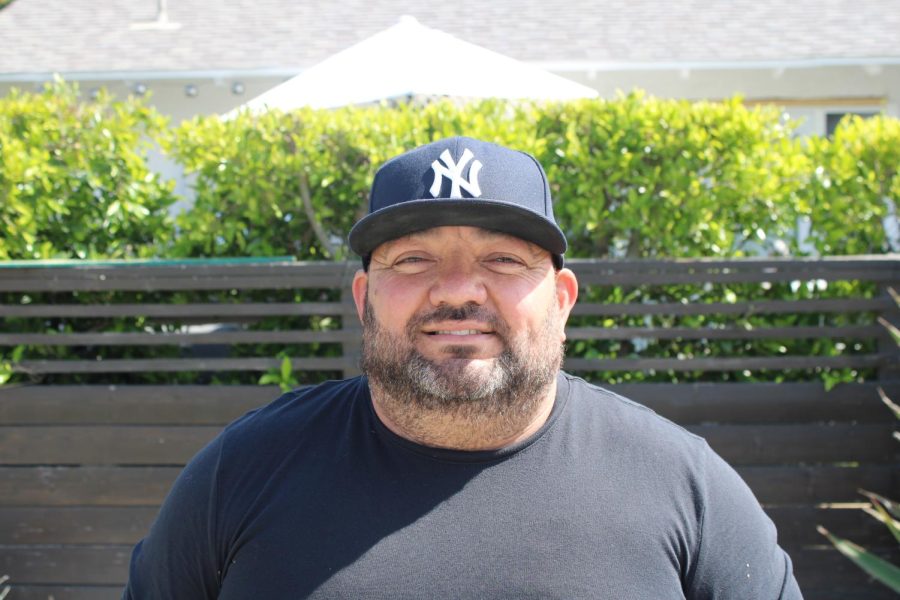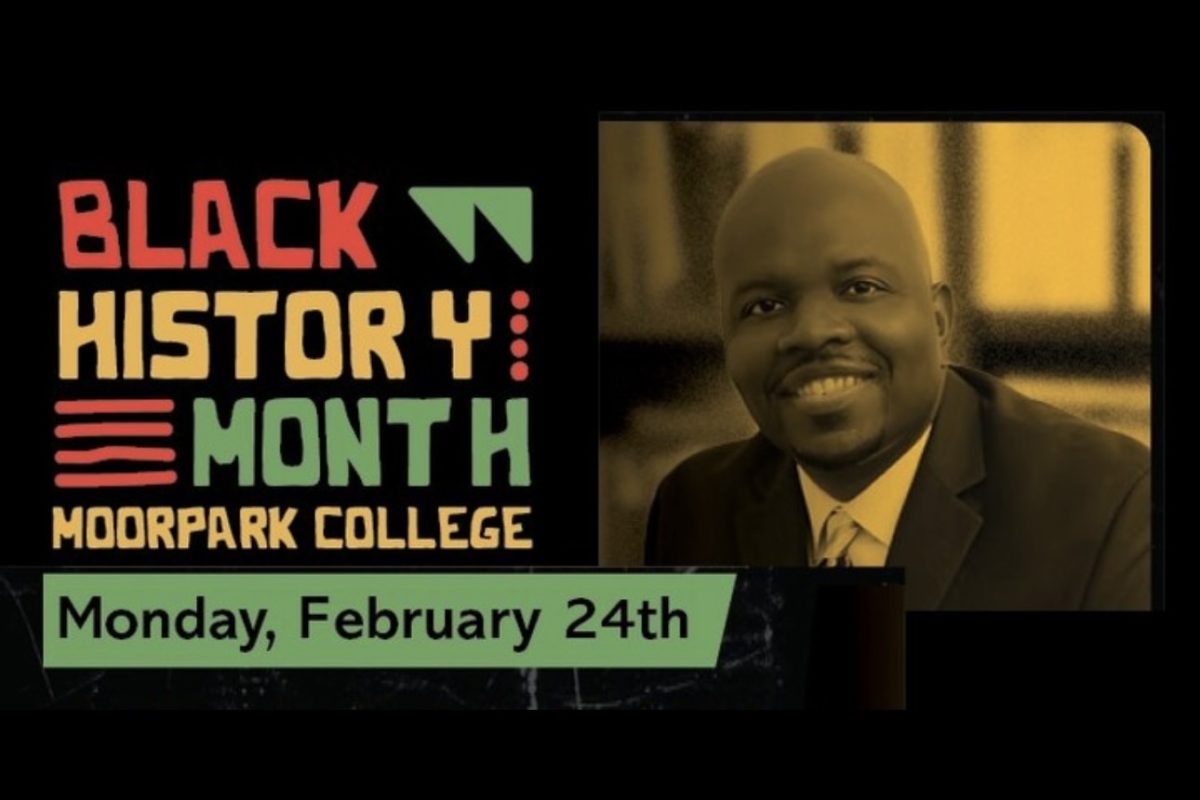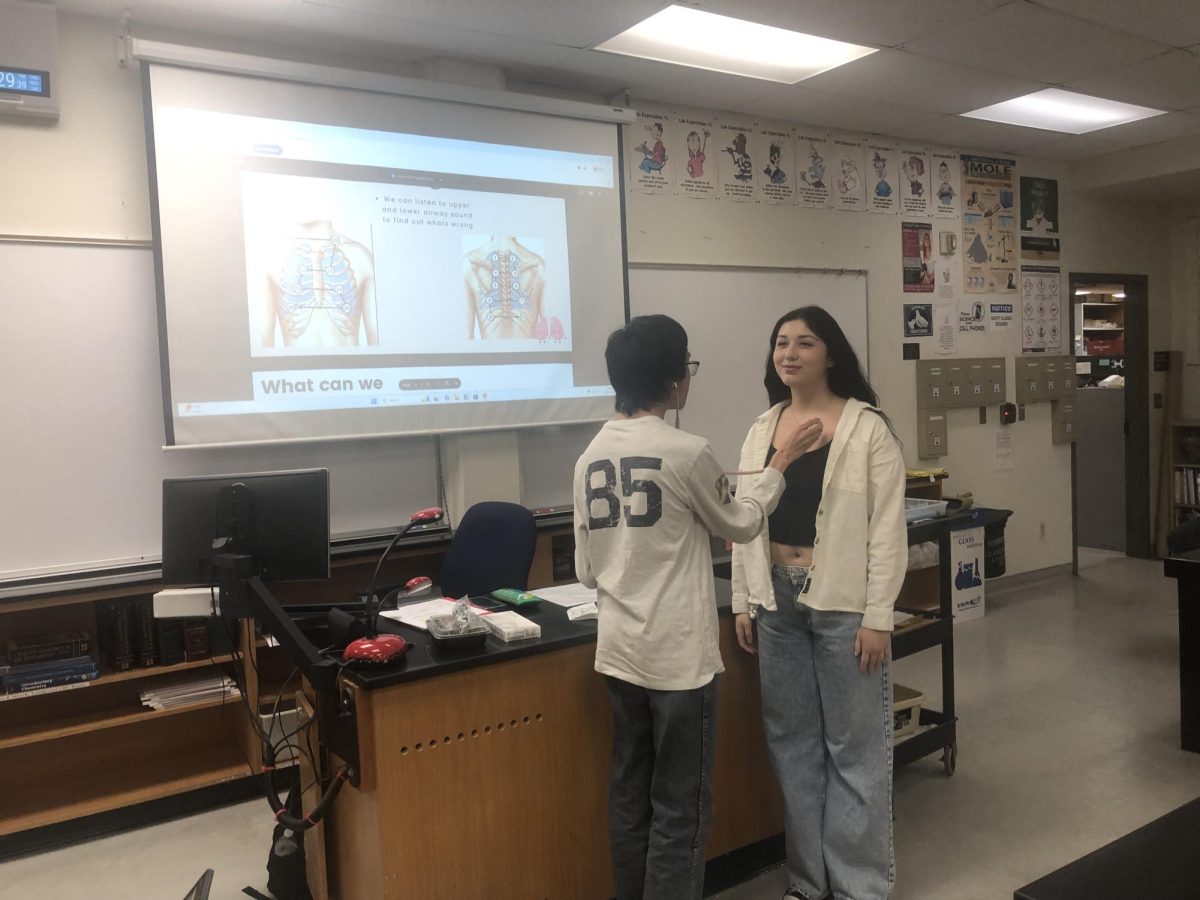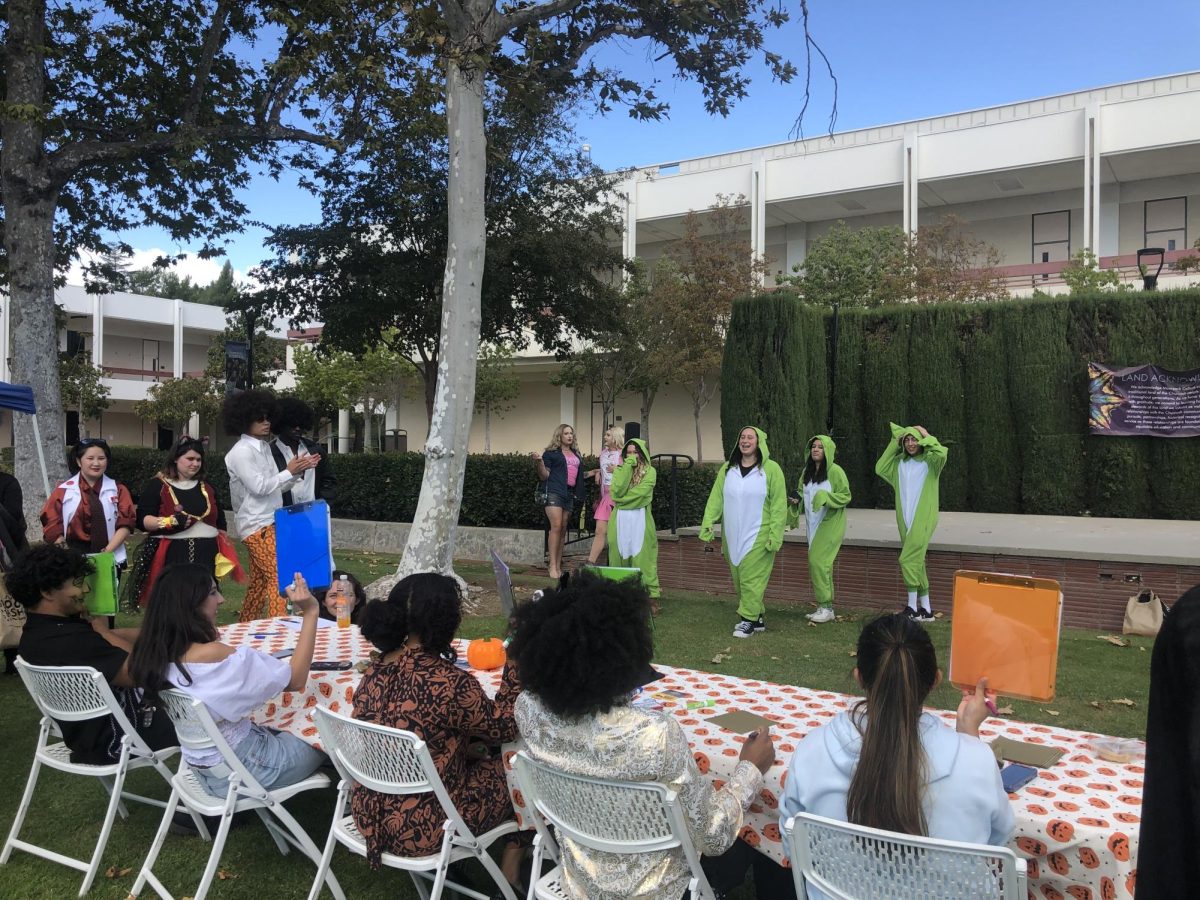America’s Teaching Zoo is hard at work providing Moorpark students with a dedicated animal training and management program.
With only two college educative zoos in the United States, potential zookeepers don’t have many choices about where they can study animal training and interact with the animals on a daily basis. But Moorpark College’s Teaching Zoo continues to enable students to get an entry-level job at a zoo after graduating out of the Exotic Animal Training & Management (EATM) program.
The EATM program focuses on animal husbandry- the science of breeding, feeding, and tending to animals. Students get a lot of hands-on training and experience in this effort.
Two new instructors have been recently added to the EATM Program on campus; Rick Schwartz from the San Diego Zoo, who teaches a class on community outreach, and Rebecca Walser, DVM, who teaches veterinary care. Since most people won’t travel to faraway places like the African continent or Asian continent to study exotic animals, community outreach helps the public understand the significance of zoos and the animals within them. Veterinarians are important in caring for animals, both healthy and sick ones.
“The students are really excited about the newcomers,” said Mara Rodriguez, Instructional Tech at EATM.
America’s Teaching Zoo also just received a $10,000 grant from the William T. Morris Foundation, to support the zoo and its master plan for renovations. The zoo intends to add more enclosures for their cat population. There have also been two new concrete pools built recently for an alligator, a Galapagos tortoise, and an Abyssinian Horn-bill, a bird from Africa with either a bright blue beak or red beak, depending on gender.
“I wish to relay to the community how important it is having a zoo and the experience people gain from visiting one,” said Rodriguez.
Second-year student Jasmine Versales, age 27, explained what she liked about being in the EATM program, as she helped haul bales of hay from the back of a pick-up truck. Students interact with and train the animals in order to build a trusting relationship.
“It’s hard work, but it’s the best thing that I get to be part of,” said Versales.
Another second-year EATM student, Scott Smith, 22, shared his perspective on why he’s enrolled in EATM, as he helped Versales. Smith used to live in San Diego and often visited the San Diego Zoo and loved the exotic animals they had.
“I learned about the program in high school when I lived in San Diego,” said Smith. “I was inspired by the exotic animals at the San Diego Zoo and worked at a dog clinic once, but I wanted to do more. This school has lots of connections. It has special relations of the animals and the people. Also the instructors are well-known.”
First-year student Katie Wron, 23, expressed her admiration for the zoo’s EATM program.
“When I finally got the financing to apply, I applied to Moorpark College,” stated Wron. “It’s really cool in that we get real hands-on experience. You can go to work in other facilities, but this is the best, school-wise, and [it is] a chance to interact with the animals.”
Students get the opportunity to train and care for individual animals in preparation for the shows that America’s Teaching Zoo puts on. Animal shows can include animals as a Vietnamese pot-bellied pig, a possum, a black-throated monitor lizard, and exotic birds from South America, among others. First-year student NaLeigh Briggehan, 22, shared what the best part of the program is for her.
“It’s getting to know the animals and educating the public and we learn how to put on the shows,” said Briggehan.
Many students found their working relationship with the animals to be important. Bryenna Workman, 24, a first-year student shared her thoughts on working in the EATM program.
“We’re building relationships with the animals. This means building trust, but I only started a little bit in working with the mountain lion,” said Workman. “Because I’m new, I help feed and medicate and watching her to learn while others feed her.”
After graduating from EATM, some students can even go on to an entry-level position at any zoo or park.
“Many of our students go to work at the San Diego Zoo,” stated Rodriguez. “There is also the San Diego Zoo’s Wild Animal Park, and Sea World. Another popular job with our students is to work with seeing-eye dogs for the blind.
“They can also go on to get a Bachelor’s Degree in Animal Behavior Science or study veterinary medicine,” said Rodriguez.

